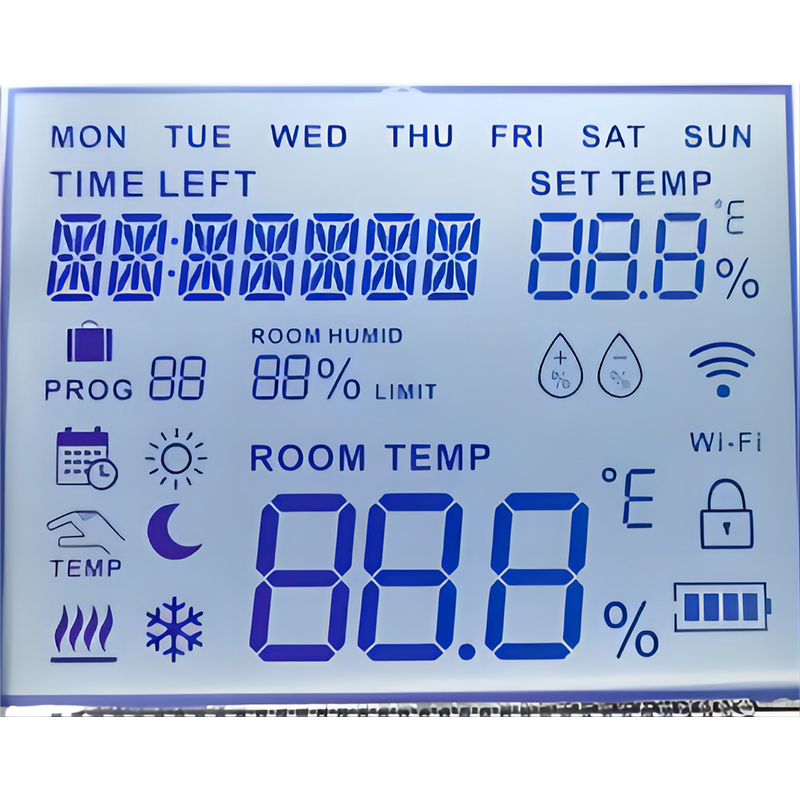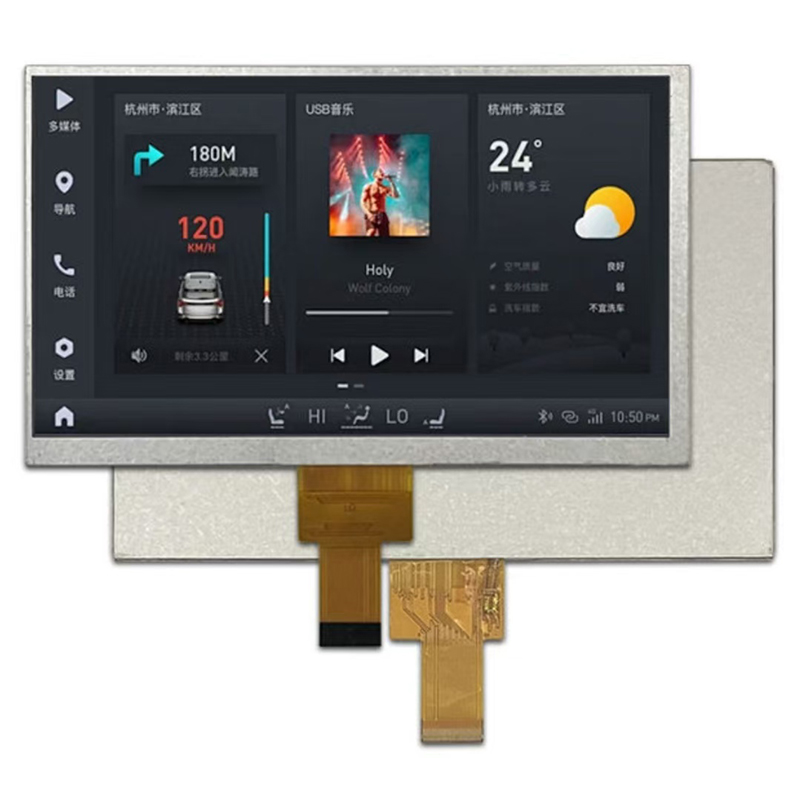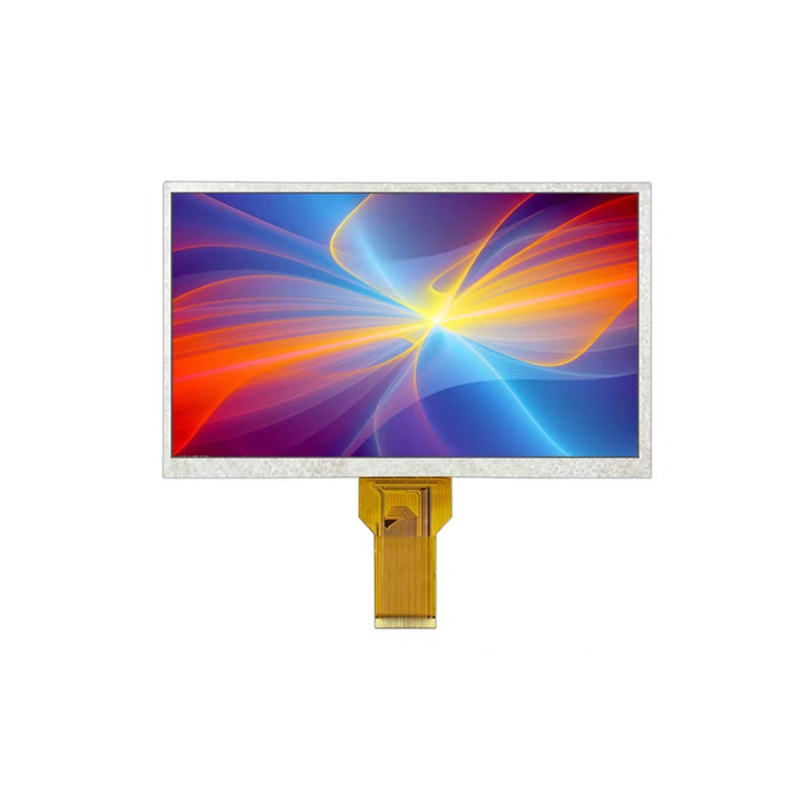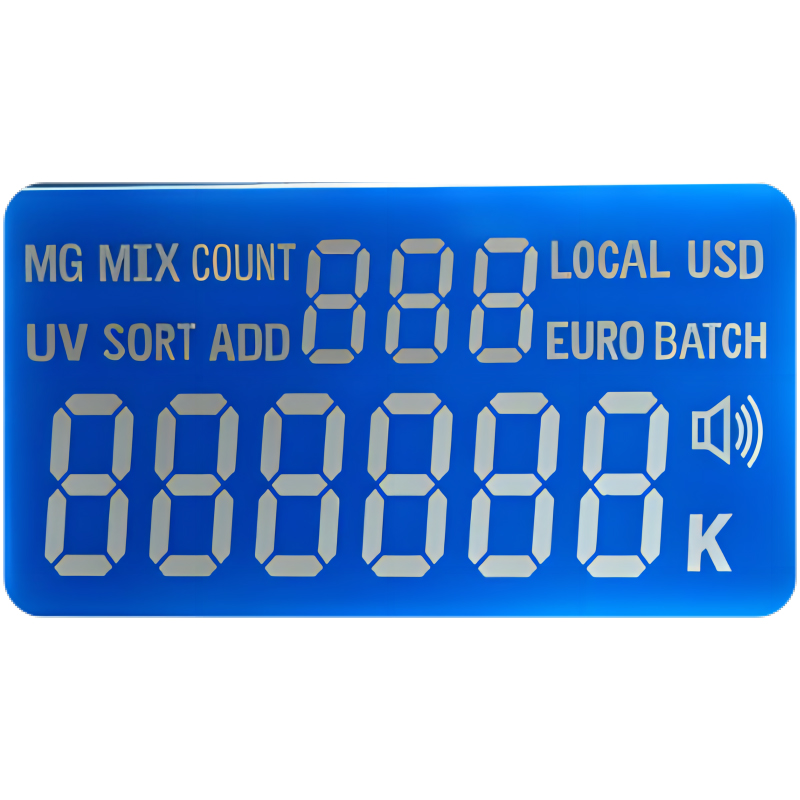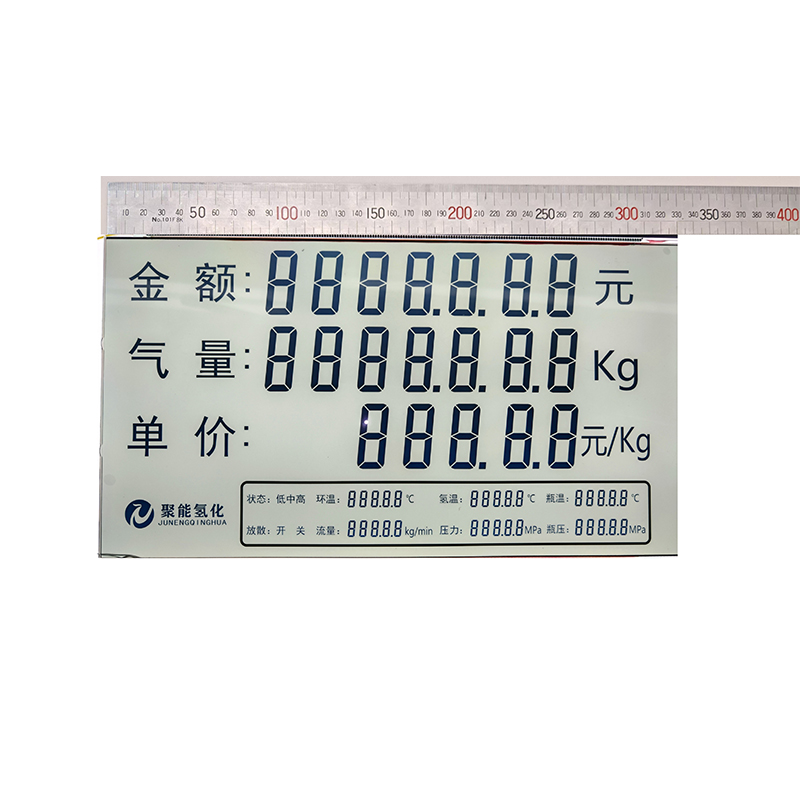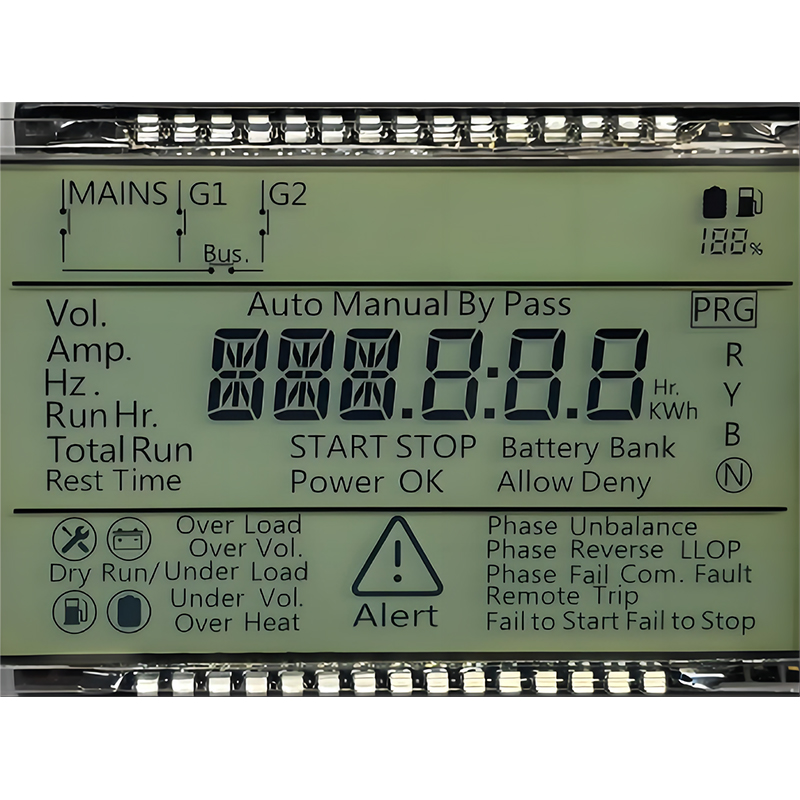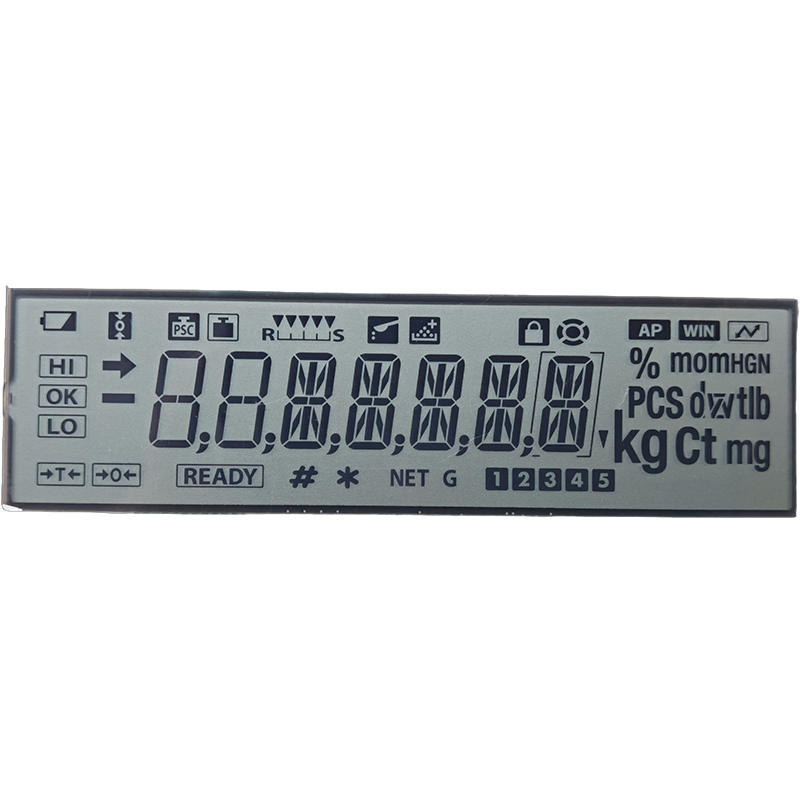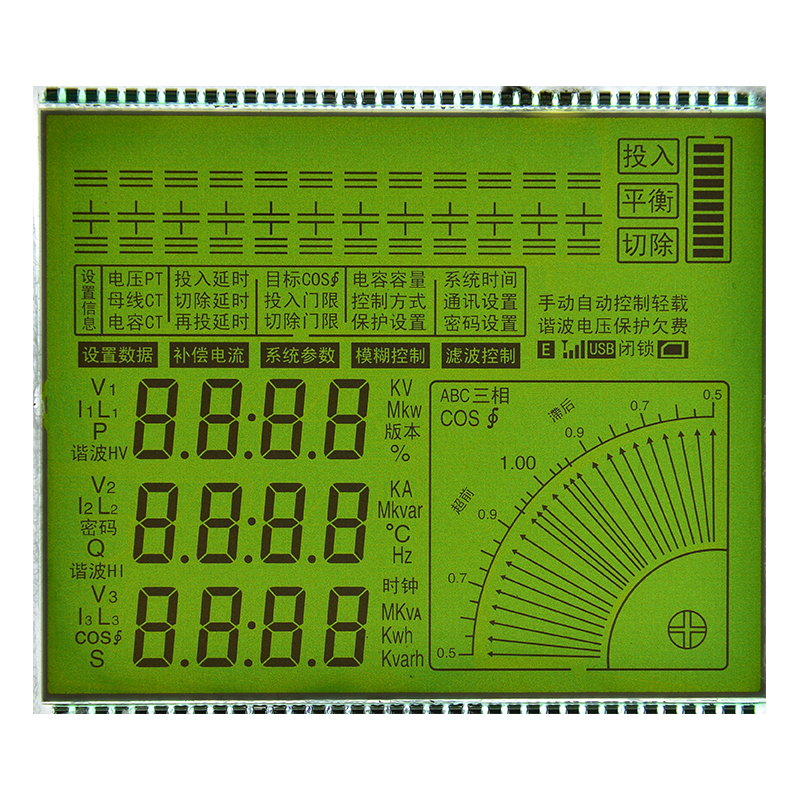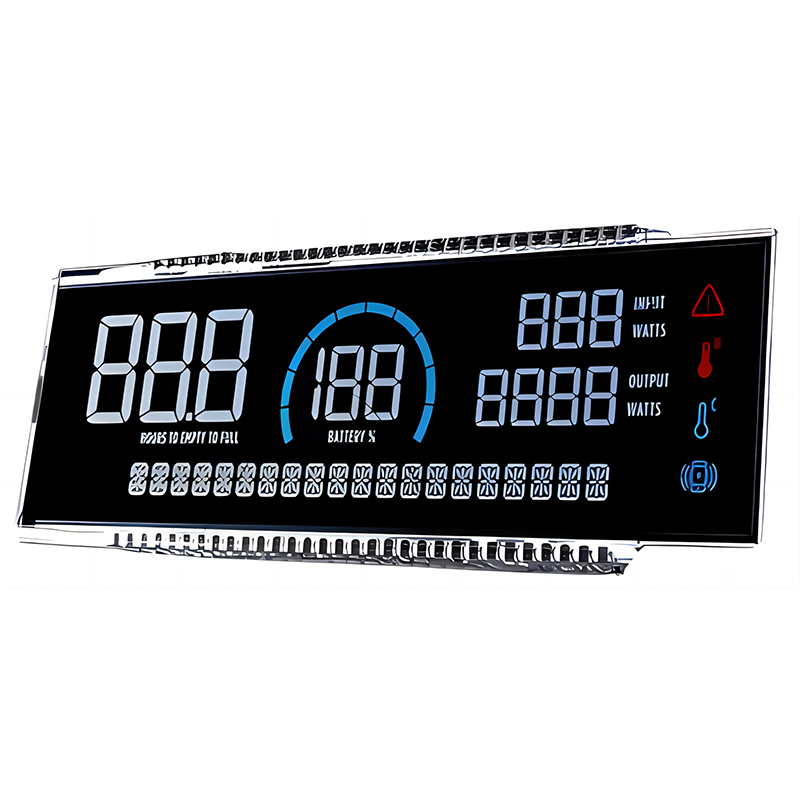
This guide provides a comprehensive walkthrough on setting up and using OLED displays with ESPHome, covering everything from choosing the right hardware to configuring advanced display features. Learn how to seamlessly integrate stunning visuals into your smart home projects.
The first step is selecting the appropriate ESPhome OLED display module for your project. Many options exist, each with varying sizes, resolutions, and interfaces. Common choices include displays using I2C or SPI communication protocols. I2C is generally simpler to set up, while SPI offers higher data transfer speeds for more demanding applications. Consider the following factors:
The optimal size and resolution depend on your project's requirements. A smaller display (e.g., 0.96-inch) might be sufficient for displaying basic information, while larger displays (e.g., 2.4-inch) allow for more complex interfaces. Higher resolutions deliver sharper images and text but often require more processing power from your ESP32 or ESP8266 microcontroller.
I2C requires fewer GPIO pins on your microcontroller compared to SPI, making it a convenient option for projects with limited pin availability. However, SPI's faster data transfer rates are advantageous for applications requiring high refresh rates or complex graphics. Consult your chosen display's datasheet for its supported interface.
Ensure your chosen display is compatible with your power supply. Most OLED displays operate at 3.3V, but always check the specifications to avoid damaging the display or your microcontroller. Incorrect voltage can lead to malfunctions or permanent damage.
Once you've selected your display, carefully connect it to your ESP32 or ESP8266 microcontroller. Consult the display's datasheet for the pinout diagram. Accurate wiring is crucial to avoid malfunctions. Common connections include:
Remember to double-check your wiring before powering on your device.
ESPHome simplifies the configuration process. You will need to add the appropriate component to your YAML configuration file. This usually involves specifying the display type, I2C or SPI address, and the GPIO pins used for communication. Example (I2C):
display: - platform: ssd1306 sda_pin: 21 scl_pin: 22 address: 0x3C reset_pin: -1Replace the pin numbers and address with the values relevant to your setup. Consult the ESPHome documentation and your display's datasheet for specific configuration details. The ESPHome documentation provides detailed instructions and examples for various display types.
Beyond basic text display, ESPHome allows for more advanced features, such as:
Exploring these advanced features will enhance the visual appeal and functionality of your projects. The possibilities are extensive, limited only by your creativity and programming skills.
If you encounter problems, common causes include incorrect wiring, incorrect configuration in your ESPHome YAML file, or power supply issues. Refer to the ESPHome community forums and documentation for troubleshooting assistance.
Remember to always check the datasheet of your specific ESPhome OLED display for detailed specifications and troubleshooting information. Careful planning and attention to detail will ensure a successful implementation.
| Feature | I2C | SPI |
|---|---|---|
| Data Transfer Speed | Slower | Faster |
| GPIO Pins Required | Fewer | More |
| Complexity | Simpler | More Complex |
For high-quality LCD and OLED displays, consider exploring the options available from Dalian Eastern Display Co., Ltd.

